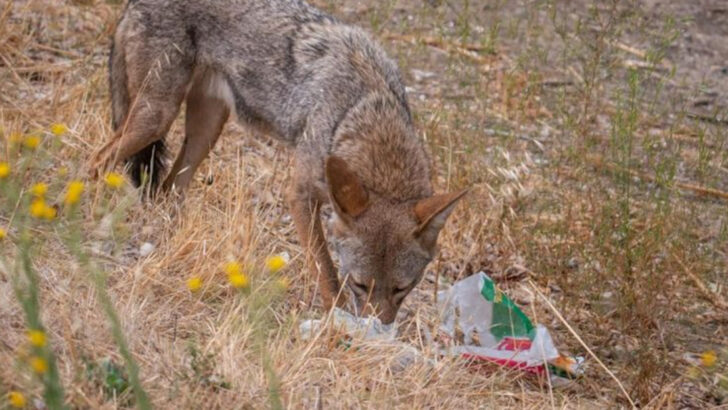Coyotes are fascinating creatures that have adapted to urban environments, but their presence in residential areas can be concerning for homeowners. Understanding what scents attract or repel these animals can help in managing their presence in your yard. Below are seven fragrances that coyotes tend to avoid, along with seven that might inadvertently lure them closer. By understanding these scents, you can take steps to keep your yard coyote-free or at least minimize unwanted encounters.
Citrus
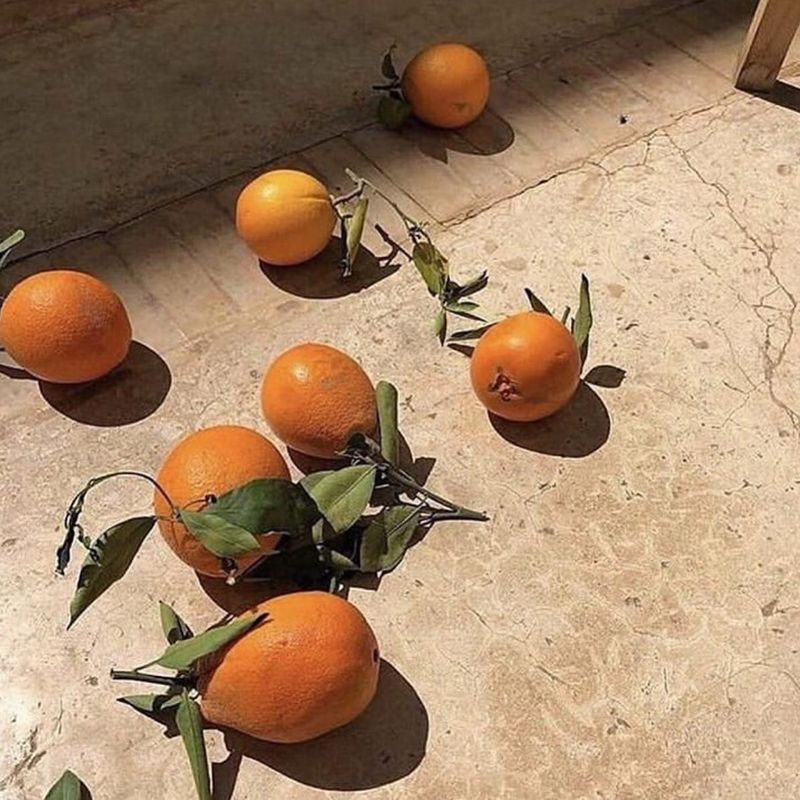
Coyotes dislike the sharp, tangy scent of citrus fruits. The aroma is too potent for their sensitive noses, acting as a natural deterrent. Sprinkling citrus peels around your garden can help keep these animals at bay.
In addition to its fresh scent, citrus provides a safe and eco-friendly method to protect your yard. The smell can linger, offering long-lasting protection.
Try placing citrus around garbage bins or entry points. This traditional approach has been favored by garden enthusiasts seeking natural solutions. Just remember to refresh the peels regularly for optimal results.
Vinegar
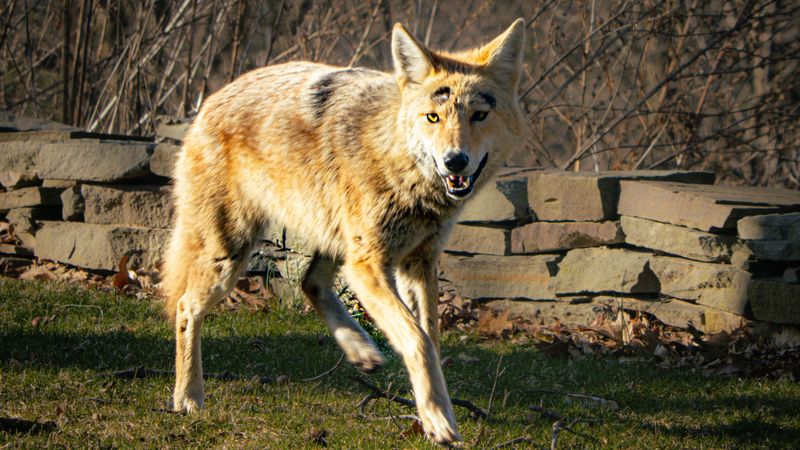
The pungent scent of vinegar is another fragrance that coyotes detest. Its strong odor can overwhelm and deter these sensitive animals from venturing into spaces where vinegar is present.
Using vinegar as a repellent is both cost-effective and readily available. It can be easily applied by soaking cotton balls and placing them strategically around potential entry points.
Not only does vinegar serve as a deterrent, but it also has the added benefit of being a natural cleaner. This dual-purpose approach is both practical and efficient for homeowners.
Ammonia
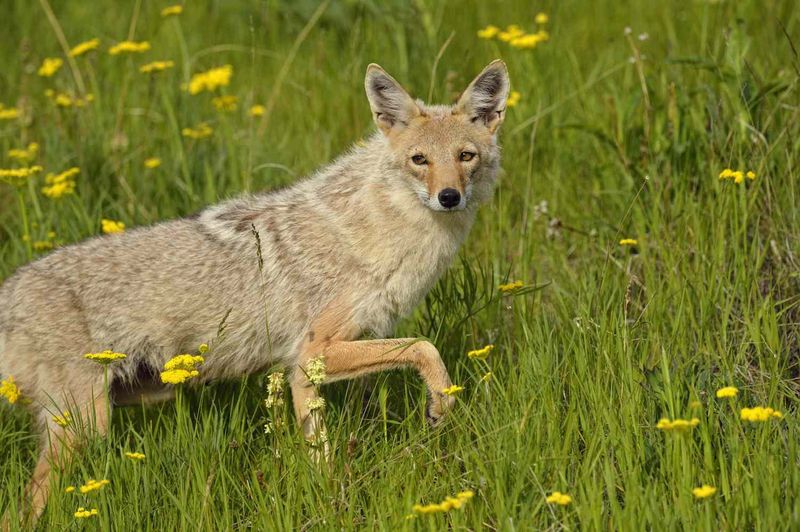
Ammonia’s intense odor is something that coyotes are known to avoid. This chemical smell is reminiscent of predator urine, which signals danger to these animals.
While ammonia can be an effective deterrent, caution is advised due to its potent nature. It must be handled with care, using gloves and ensuring it is out of reach of children and pets.
Placing ammonia-soaked rags around the perimeter of your property can discourage coyotes from approaching. Its effectiveness relies on regular reapplication to maintain its potency.
Garlic

Garlic, with its strong and distinctive smell, serves as a natural repellent to coyotes. The sulfur compounds present in garlic are overwhelming for these animals, driving them away from areas where the smell is prevalent.
Crushing garlic cloves releases the active compounds, maximizing its effectiveness as a deterrent. This approach is both natural and environmentally friendly.
For those with gardens, planting garlic not only helps keep coyotes at bay but also provides a useful culinary herb. Its dual-purpose nature makes it a favorite among sustainable gardeners.
Hot Peppers
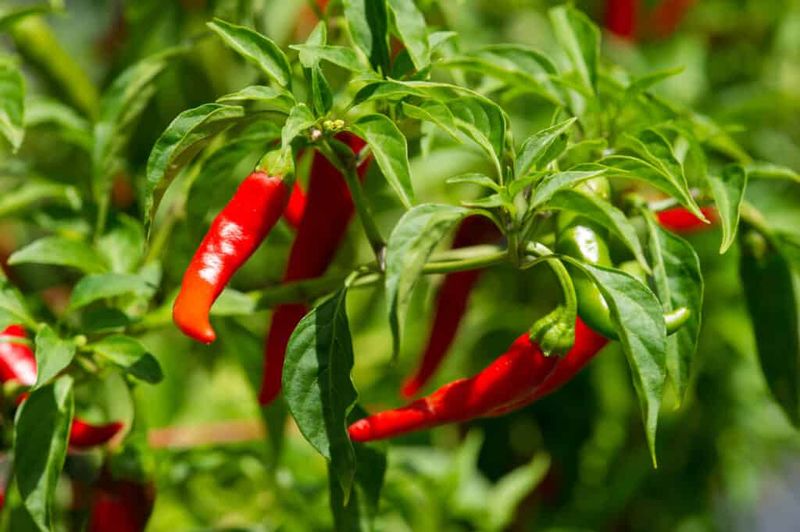
The fiery heat of hot peppers is not just a culinary delight but also a powerful coyote deterrent. Capsaicin, the active component responsible for the heat, irritates the sensitive noses of coyotes, causing them to steer clear.
This method is both natural and effective, making use of the peppers’ inherent properties. For application, create a spray by boiling chopped peppers in water and applying it around your yard.
This spicy solution provides a dual benefit of keeping pests away while being safe for plants. Regular applications ensure ongoing protection.
Eucalyptus Oil

Eucalyptus oil, known for its refreshing and invigorating scent, is another fragrance coyotes avoid. Its strong aroma can mask other scents, reducing the appeal of your yard to these animals.
The oil can be mixed with water and sprayed around the perimeter of your property. This creates an invisible barrier that discourages coyotes from entering.
Not only does eucalyptus oil work as a deterrent, but it also leaves a pleasant scent for humans to enjoy, making it a popular choice for those seeking natural alternatives.
Predator Urine
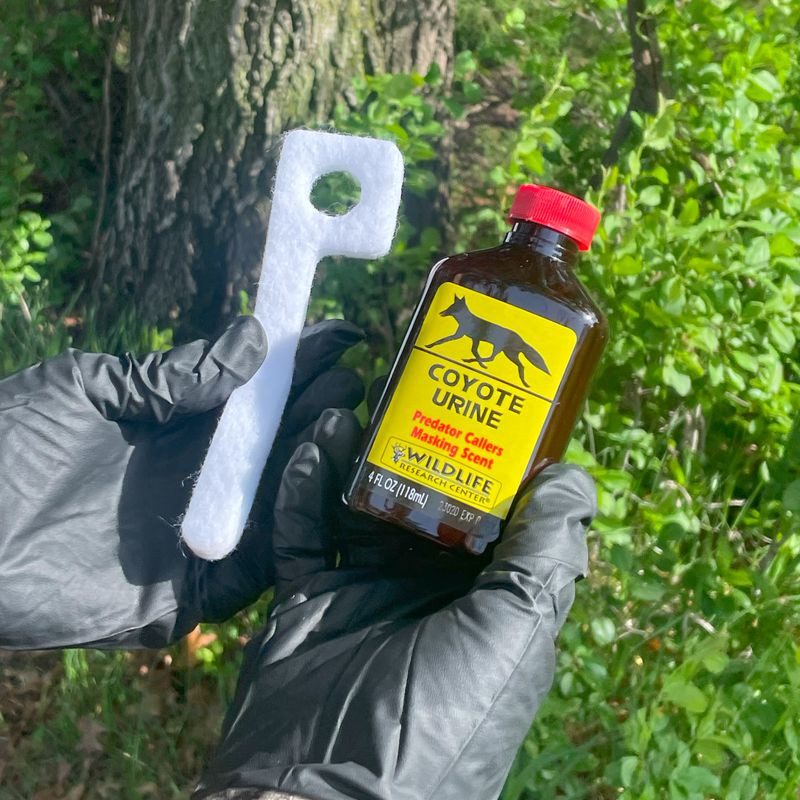
Using predator urine as a repellent is a strategy based on nature’s instincts. Coyotes perceive the scent as a territorial marker, indicating the presence of a larger predator nearby.
This method leverages the coyote’s natural wariness of potential threats. Predator urine can be purchased at garden centers and applied around the yard’s perimeter.
The key to effectiveness is regular application, especially after rain. While the idea might seem unusual, it’s a tried-and-true technique for those looking to maintain a coyote-free environment.
Pet Food
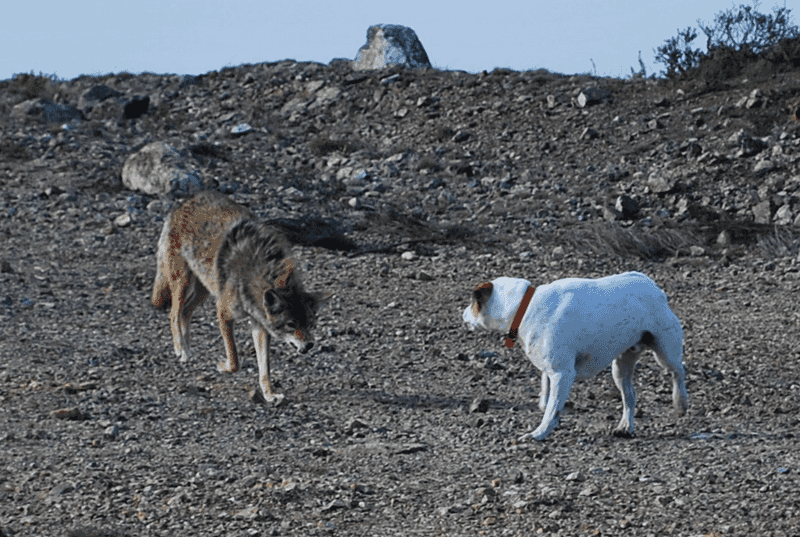
Coyotes are often lured by the aroma of pet food left outside. This scent is particularly enticing as it mimics the food sources they usually hunt for.
To reduce the risk of attracting coyotes, it’s crucial to feed pets indoors and store pet food securely. The smell of pet food can travel and lure these animals into your yard.
Taking simple precautions, like feeding in a designated indoor area, can mitigate this risk. Remember, it’s not just about food but the lingering scent that can be inviting.
Compost Piles
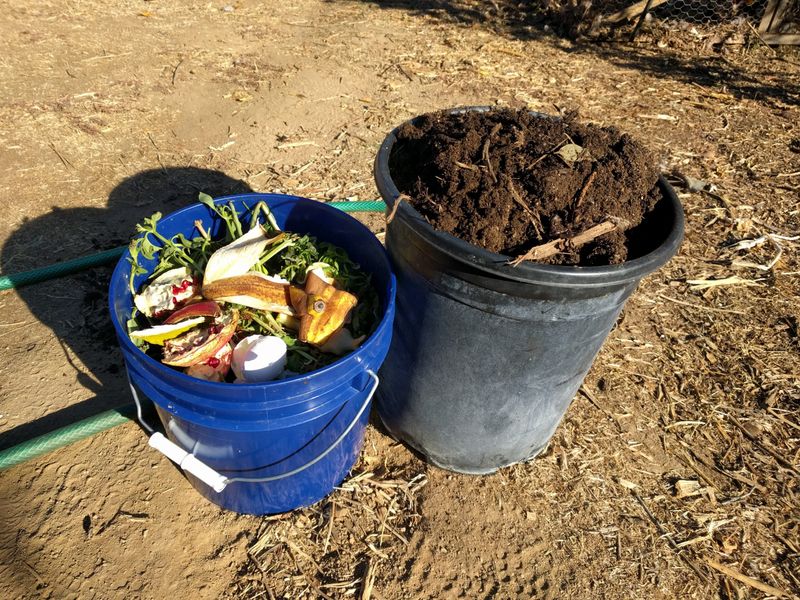
The earthy, decomposing scent of a compost pile can attract coyotes searching for an easy meal. Decomposing organic matter emits aromas that these animals find irresistible.
Managing compost effectively by regularly turning the pile and covering it can help minimize this risk. Additionally, avoiding meat or dairy products in compost can reduce the attraction.
Proper compost maintenance not only benefits the environment but also keeps unwanted visitors at bay. This balance is key to a healthy, safe garden.
BBQ Grills

The scent of grilled meats wafting from a BBQ can be a beacon for hungry coyotes. The aroma replicates the smell of prey, drawing them closer.
To prevent this attraction, it’s essential to clean grills thoroughly after use. Residual food particles can continue to emit enticing scents long after cooking is done.
By maintaining cleanliness, homeowners can enjoy outdoor grills without the worry of attracting unwanted wildlife. This practice is vital for ensuring a safe outdoor environment.
Fruit Trees
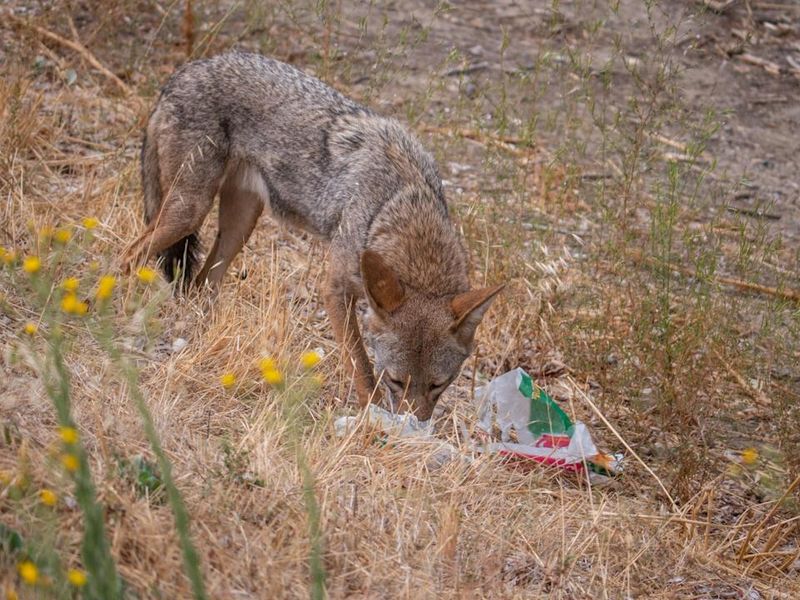
Ripe fruit and fallen produce from trees can attract coyotes with their sweet aroma. The scent of decaying fruit pieces is particularly appealing to these opportunistic feeders.
Regularly harvesting and cleaning up fallen fruit can help mitigate this draw. Planting fruit trees away from the home can also reduce the likelihood of attracting coyotes.
This practice not only prevents unwanted wildlife encounters but also promotes a tidy and fruitful garden. It’s a simple yet effective way to manage the presence of coyotes.
Bird Feeders
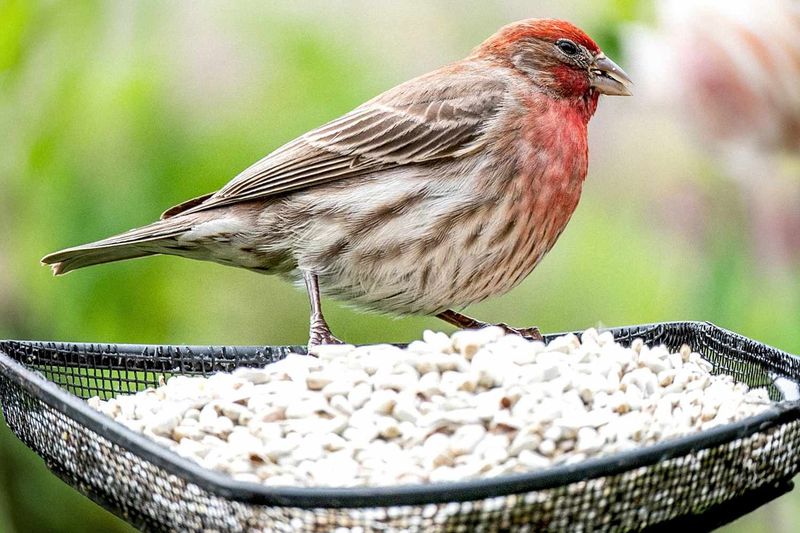
Bird feeders, while attracting beautiful avian visitors, can also inadvertently lure coyotes. The seeds and nuts scattered beneath provide an easy food source.
Maintaining cleanliness around feeders and using seed catchers can minimize this risk. It’s also advisable to position feeders in areas that are less accessible to coyotes.
This approach allows for the enjoyment of birdwatching without the unintended consequence of drawing in other wildlife. Balancing these interests is key to a harmonious garden.
Outdoor Trash

Outdoor trash cans, with their myriad of scents, are irresistible to hungry coyotes. They associate these smells with potential food finds.
Securing trash with tight lids and storing bins in enclosed areas can deter these curious animals. Proper disposal and regular cleaning of bins also help reduce alluring odors.
Implementing these practices is crucial for maintaining a clean and coyote-free environment. It’s a proactive measure that benefits both the community and wildlife.
Open Water Sources
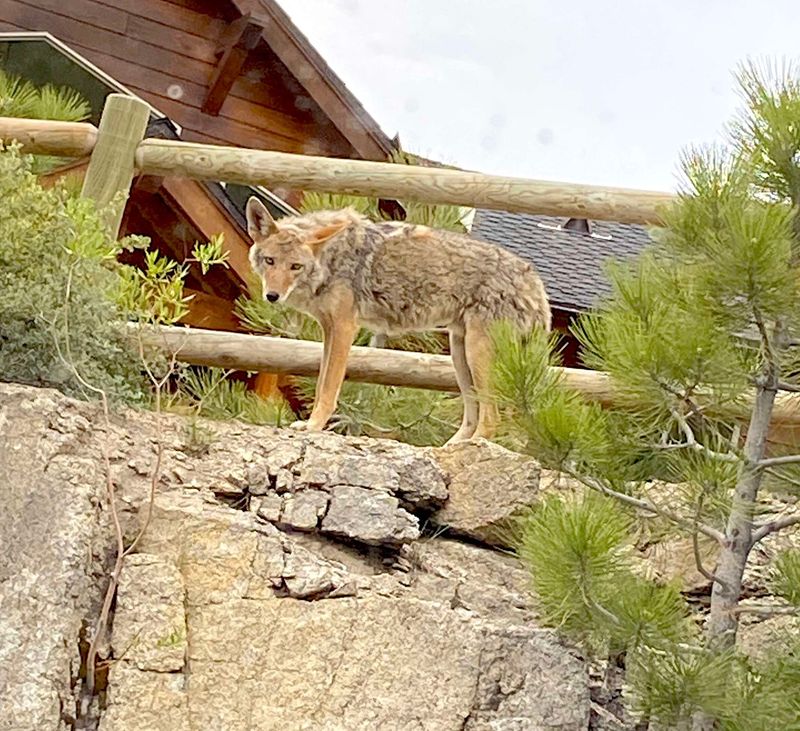
Open water sources, such as ponds and birdbaths, can attract coyotes looking for hydration. Their presence at these sources is often driven by necessity, especially in dry regions.
Minimizing stagnant water and using motion-activated sprinklers can help deter coyotes. These measures not only prevent wildlife intrusion but also promote water conservation.
Balancing the aesthetic appeal of water features with practical wildlife management ensures a serene and safe outdoor space. It’s about creating a welcoming environment for desired visitors while deterring others.

